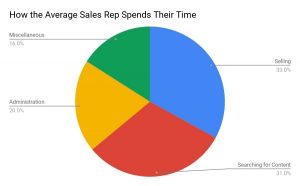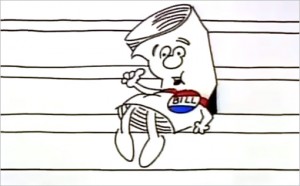Google Reports Less Than 1% Of Websites Visited In 2017 Were Filled With Spam
Google’s 2017 webspam report released Thursday shows that less than 1% of those searching on its engine landed on a spam-filled website, and the number of hacked websites fell by 80% compared with the prior year.
An increase in website hacking for search ranking and the spread of malware was one of the biggest trends in 2017. The malware could record keystrokes or steal login credentials for online banking.
Guides to help prevent spam are available in 19 languages.
“Despite all these improvements, we know we’re not yet done,” wrote Cody Kwok, principal engineer at Google, in a blog post. “We’re relentless in our [pursuit] of an abuse-free user experience, and will keep improving our collaboration with the ecosystem to make it happen.”
Kwok wrote about also recognizing the importance of robust content management systems (CMSs). A large percentage of websites are run on one of several popular CMSs. These systems have been a target of hackers and spammers.
Spammers tried to exploit content management systems by finding ways to abuse their provisions for user-generated content, such as posting spam content in comment sections or forums.
Others tried to manipulate links, which is one of the foundation ranking signals for search, according to Google. In 2017, Google “doubled-down” its efforts to remove unnatural links via ranking improvements and scalable manual actions. The efforts reduced spam links by nearly half compared with the prior year.
Last year, Google took actions on nearly 90,000 user reports of search spam, and 45 million messages were sent to registered website owners via Search Console with 6 million of these messages were related to manual actions.
(72)
Report Post






